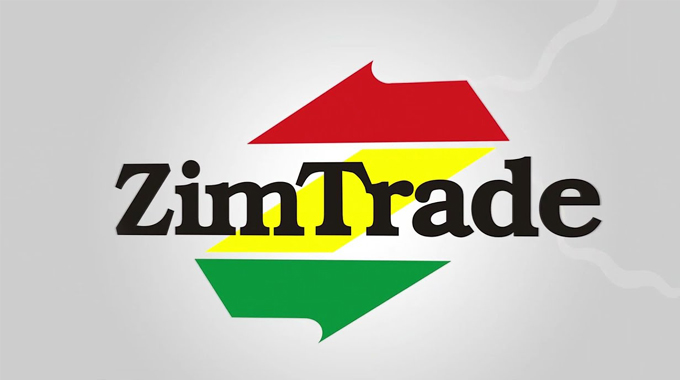Bulawayo gets $2 billion for roads rehabilitation

Sikhumbuzo Moyo, Senior Reporter
GOVERNMENT has fulfilled its pledge to rehabilitate some of Bulawayo’s badly damaged roads by setting aside $2 billion for the road works with the first phase of the programme targeting a 6,5km dual carriageway along Steelworks Road.
The road links the city’s industrial areas and western suburbs.
Last year, Bulawayo City Council (BCC) presented a $3 billion budget to the Government for its road rehabilitation programme.
This was after Government had pledged to release funds to rehabilitate some of the city’s damaged roads. Already the local authority has started works on the Luveve road, which is expected to cost US$1,2 million with council indicating that it will be self-funding the project.
Council has identified five key roads that require urgent rehabilitation and these are Luveve Road, Matopos Road, Wellington Road, Khami Road and Steelworks Road.
It intends to do overlays along Khami Road from the Flyover to Mpopoma Avenue as well as Matopos Road from 23rd Avenue to Leander Road.
Council intends to also patch potholes and improve drainage as well as road signage.
Bulawayo’s roads are riddled with potholes and the situation has been worsened by the rains.
BCC is on record saying 70 percent of its road network has outlived its lifespan and it requires about US$700 million to rehabilitate the roads.
Chief director in the Ministry of Transport and Infrastructural Development, Engineer David Jana said Government, through the Department of Roads, has allocated Bulawayo $2 billion to assist in the rehabilitation of the city’s major roads.
Under the Infrastructure, Utilities and Digital Economy cluster, Zimbabwe’s economic blueprint, the National Development Strategy (NDS 1) prioritises completion of road rehabilitation projects.
The main aspirations of NDS1 include infrastructural development as a key enabler in attaining Vision 2030.
NDS 1 notes that “a road can become an economy” and in this regard, focus will be on the development of feeder roads into communities as a way of developing underdeveloped remote areas.
Government launched the ERRP2 in 2021 under a budget of $33,6 billion.
This year, the Zimbabwe National Road Administration set aside $93 billion to be distributed among the four road authorities, Department of Roads, Urban Councils, Rural District Councils and Rural Infrastructural Development Agency (RIDA), previously known as the District Development Fund (DDF). -@skhumoyo2000.












Comments